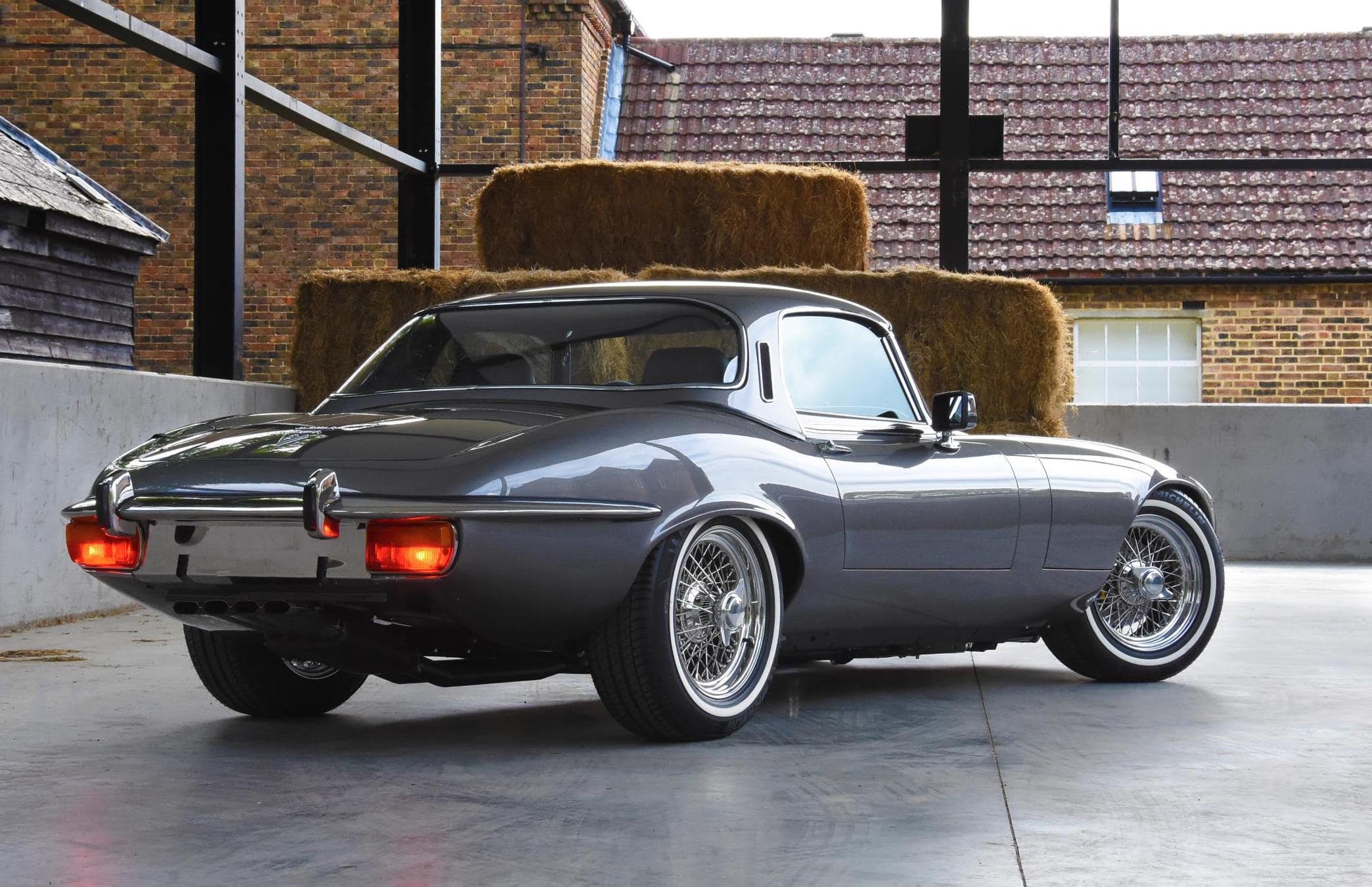Custom cars are an embodiment of innovation and craftsmanship and the world of automotive design is unlike anything else. Chip Foose and Danny Koker are legends in the custom car business thanks to their TV shows showcasing their remarkable skills in resurrecting classic cars. But there’s a fascinating twist as even the most seasoned craftsmen can sometimes stumble. In the world of auto restoration, even legends like Foose and Koker have experienced moments when they got it wrong.
In this article, we’ll explore those instances where their expertise faltered and show that in the realm of car restoration, no one is infallible. So fasten your seatbelts and prepare to embark on a journey where we’ll reveal some of the lesser-known aspects of Foose and Koker’s careers that didn’t quite go as planned. It’s a reminder that even in the face of undeniable talent and experience, the road to perfection can be paved with its fair share of bumps and unexpected detours.
Custom 1974 Jaguar E-Type

Jaguar designs of the past were some of the most iconic cars on the road. There was something about beautiful British designs that separated these cars from the rest of the world. It’s why classic car enthusiasts generally prefer old Jaguar cars to other international designs from the same period. So when Chip Foose designed a custom E-Type, it was a rather shocking design, to say the least. The car was designed for the SEMA show in Las Vegas and it wasn’t at all what the original car looked like (via Chip Foose).

The design was confusing with an odd mix of muscle car elements and classic car tie-ins. The Dayton-style rims and white wall tires just didn’t go well with the rest of the design. On the front of the car, you had a hood that was designed for a sports car and a shaved design that made the car look like a silver bullet. Nothing else made sense about this Jaguar, although it was well received at the SEMA show. Foose never designed a car like this again and there were good reasons for that.
